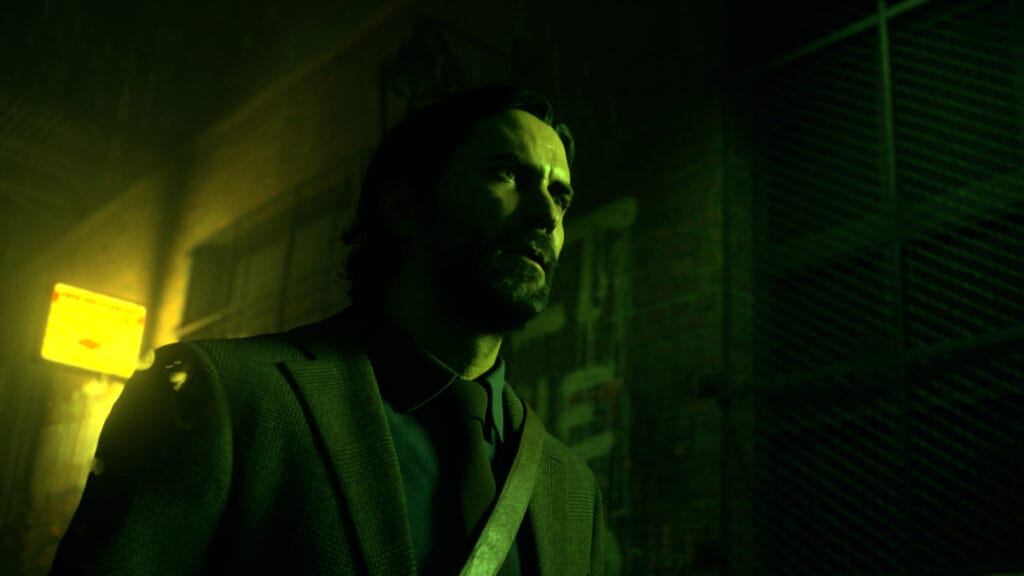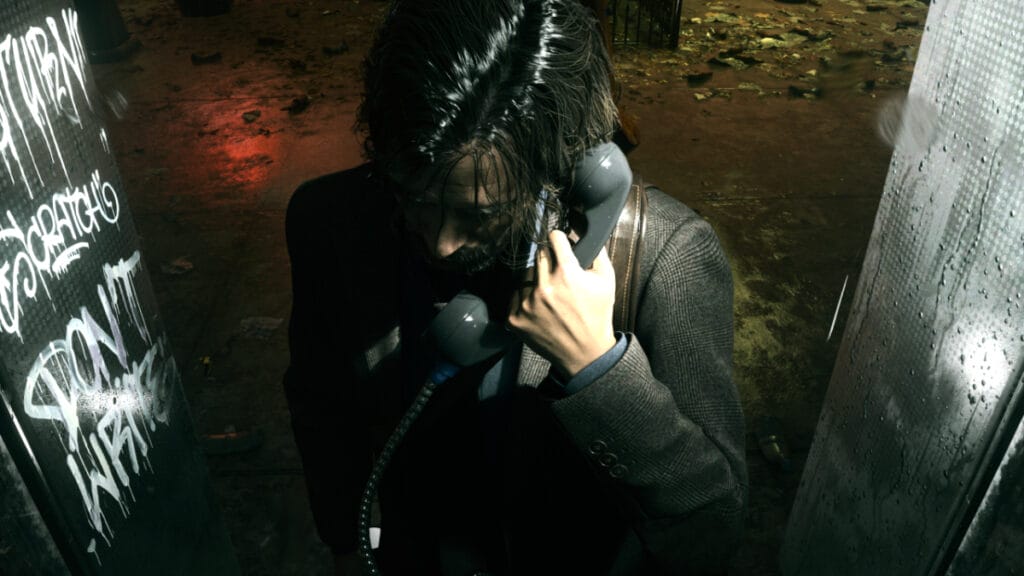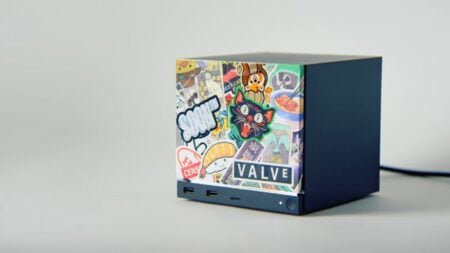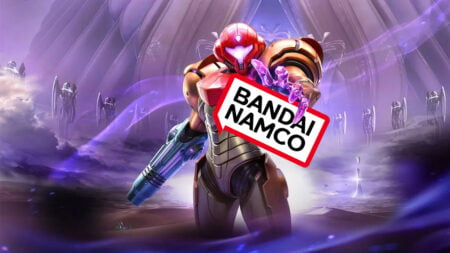Skip To...
Ray tracing has been the subject of fascination and controversy ever since it was first developed. This technology allows computers to realistically simulate the movement of light through 3D spaces. Though that may seem like a minor detail, the right game from the right developer can use this technology in transformative ways. Alan Wake 2 is far from the first game to use ray tracing, but it’s arguably one of the best. Artful use of lighting is paramount in survival horror games, and Remedy Entertainment’s newest title demonstrates exactly why that is..
Ray Tracing Bright Falls in Alan Wake 2

Alan Wake 2 might not be long, but it’s still a big and complicated game in many ways. One major reason is that it’s home to not one world but two. Part of the game takes place in Bright Falls, the scene of the grisly murder that brings FBI Agent Saga Anderson to town. The other part takes place in the Dark Place, a surreal and nightmarish realm where Alan Wake has been trapped for more than a decade. The distinction is important because the game uses ray tracing in very different ways depending on the setting.
Water is a major part of Bright Falls’s visual design, which means big things for ray tracing. Like most coastal towns, rain is common. To state the obvious, rain means puddles, and puddles are fantastic for ray tracing, putting reflective surfaces where they would not otherwise appear. Why is that such a big deal? In short, ubiquitous puddles combined with top-tier ray tracing give places constant glimpses of Saga as she navigates the environment. Seeing constant flickers of Saga, often blurred or distorted by her own movement, is exceptionally eery. The horror of Bright Falls is more restrained and human than that of the Dark Place, but ray tracing ensures that comfort never lasts.
Ray Tracing the Dark Place and Beyond

The Dark Place uses light in similar but distinct ways. There, the emphasis is not on puddles but on mirrors, signs, glass, and other surfaces. It’s the manmade complement to the naturalism of Bright Falls, but the effect is the same. Alan Wake 2 is a horror story, and it uses ray tracing to manipulate not only light but also emotion. Every horror fan knows that scary stories lose their punch when the horror never lets up. There must be quiet moments to punctuate the scares. If there aren’t, the horror chafes at already frayed nerves, and much of the tension is lost. Ray tracing creates softer interiors and gentler sunsets, giving you occasional breaks from the gunshots and sinister whispers. The effect is palpable.
Bright Falls is dangerous, but the Dark Place is an actual nightmare. Remedy Entertainment was exceptionally careful in its placement of the reflective surfaces that ray tracing would impact. It’s not obvious at first why the Dark Place feels so oppressive, and it’s easy to attribute the horror to the monsters or frightening whispers. Most of the time, however, the real culprit is the lighting. Screenshots don’t do it justice. There’s no way to discuss the prologue in detail without spoiling it, but it’s one of the most disconcerting experiences in gaming this year. It’s still unsettling on lower graphics, but with ray tracing in effect, it becomes a masterwork of discomfort.
Light Tells a Story in Alan Wake 2

Many games have used ray tracing brilliantly, but there’s an argument for Alan Wake 2 doing it better than any other. To be sure, the game’s audio, writing, and other features play important roles in generating its atmosphere of dread. It isn’t dependent upon ray tracing, and those who play without it will still have an exceptional experience with Saga and Wake. That said, the way that Alan Wake 2 uses ray tracing to build and alleviate discomfort should be a case study for other horror games going forward. Even flashlights, a staple of the survival horror genre, gain new life here thanks to the thoughtful use of this technology. For anyone on the fence about how transformative ray tracing can be, Alan Wake 2 may be the best reason to give it a try.
Alan Wake 2 is available for PC, PlayStation 5, and







